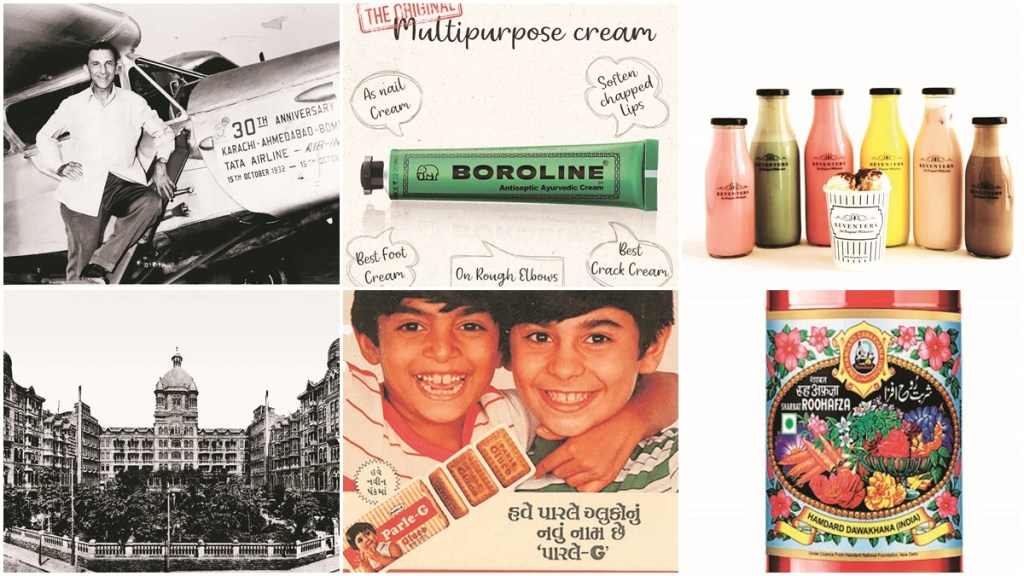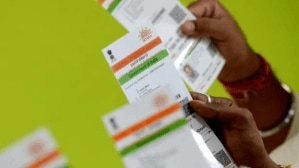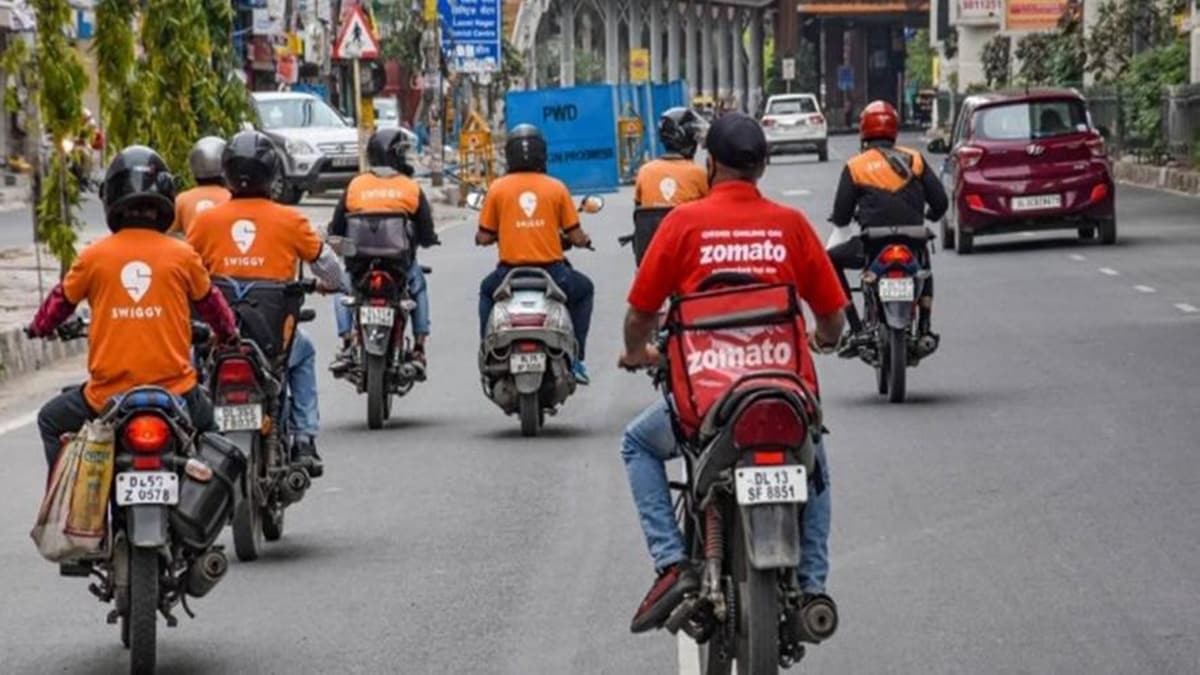Who would have thought that a ubiquitous green tube launched by a swadeshi businessman to counter British products in pre-independence India would later become not only an icon of national economic self-sufficiency but also a household name? Today, Boroline (or Hatiwala cream, as it is known in many rural areas for its elephant logo) is a one-stop solution to many common skin ailments. It is common to find a Boroline adorning the dressing table of any middle-class household, especially in the eastern states, even after 94 years of its existence. The competition for standalone cosmetic brands may have become cut-throat and offerings far too many, but the legacy of Boroline continues to live on and grow.
“It was the happy outcome of the heady nationalistic wave that had engulfed all Indians during the pre-independence era. Gour Mohun Dutta, an importer of foreign goods, decided to join the swadeshi movement,” says the official website of Boroline, which is manufactured by Kolkata-based GD Pharmaceuticals. “With a glorious dream of free and self-sufficient India in his heart, he started manufacturing products to compete with foreign ones… one of them would be the legendary green tube, Boroline,” the website adds.
Similarly, Rooh Afza—a name that elicits happy memories of sipping sherbets, cold milk drinks or desserts such as falooda on a hot summer day—started as a herbal concoction to beat the heat but went on to become a staple across the country. Introduced in 1907 by Hakim Hafiz Abdul Majeed and launched from old Delhi, it has been a favourite drink for generations. Currently, Rooh Afza is manufactured by the companies founded by Majeed and his sons, Hamdard Laboratories India; Hamdard Laboratories (Waqf) Pakistan; and Hamdard Laboratories (Waqf) Bangladesh. Since 1948, the company has been manufacturing the product in India, Pakistan and Bangladesh.
There are many such products launched before the country’s independence that continue to exist and thrive, with some of them even retaining their original character.
Heritage and legacy, commitment to quality and iconic products help build on the success story and survival of such brands even after so many years, feels Agastya Dalmia, founder and CEO of Keventers, another brand that finds its genesis in pre-independence India. “Keventers’ deep-rooted heritage and legacy play a significant role in its continued success. As a brand with a history dating back to 1925, it has earned trust and loyalty from generations of customers,” he explains, adding: “From its inception, Keventers has prioritised quality above all else. Its unwavering commitment to using the finest ingredients and maintaining strict quality standards has earned it a reputation for delivering top-notch products.”
Keventers’ signature milkshakes, served in classic glass bottles, have become iconic symbols of the brand. “The unique and delightful taste of its products has kept customers coming back for more,” says Dalmia, whose grandfather Ram Krishna Dalmia acquired Keventers from its Swedish owners in 1940.
“While the tagline says, ‘since 1925’, the story is much older. In 1889, Edward Keventer, a Swedish dairy entrepreneur and technologist, made his way to India to pave his way and create a brand. In 1894, he took over the Aligarh Dairy Farm and started creating milk and milk products like cheese and butter. And so, in 1925, Edward Keventer’s success was formalised, and the brand was officially born,” says Dalmia.
The business was then acquired by Ram Krishna Dalmia in the mid-1940s and functioned until its shutdown in the 1970s. In 2015, a team of three founders—Agastya Dalmia, Aman Arora and Sohrab Sitaram—set out to revive the brand’s legacy and make Keventers a consumer brand relevant for today. The brand has stood the test of time and witnessed significant transformations throughout its remarkable history.
In recent years, Keventers has witnessed substantial growth, achieving a 50% increase in revenues during the financial year 2022-23. The brand has opened 30 new outlets and has become a leading player in the milkshake market. With 184 stores across 65 cities, Keventers’ presence in food courts of premium malls has proven to be highly profitable, especially in top metro cities and high streets.
When we are talking about the pre-independence era, how can we forget the contribution of India’s largest conglomerate, the Tatas, to the country’s economic self-sufficiency? Take for instance, the iconic Taj Mahal Palace hotel in Mumbai that has played host to world-famous guests, from royalties to dignitaries, since 1903.
Designed originally by Indian architects Raosaheb Vaidya and DN Mirza, the foundation of Taj Mahal Palace was laid in 1898 and it was built by Sorabji Contractor who also designed the famous central cantilevered staircase. The hotel opened its gates to its first 17 guests on December 16, 1903.
“The founder’s (Jamsetji Tata) efforts were always to show India what lies beyond the seas, making India’s dreams his own. The management of the Taj realised that its future growth lay, not just in Mumbai, but also in the development of India as a tourist destination. And thus, began the creation of India’s premier hospitality chain, the Indian Hotels Company (IHCL). His vision of being the best of the best continues to drive us even today, as we prepare ourselves for the bright prospects and disruptive challenges of tomorrow,” says Puneet Chhatwal, MD & CEO, IHCL.
What had started as a single hotel, IHCL is today a hospitality ecosystem which brings together a group of brands and businesses that offer a fusion of Indian hospitality and world-class service. At present, IHCL has a portfolio of 270 hotels, including 80 under development globally across four continents, 10 countries and in over 100 locations. It is India’s largest hospitality company by market capitalisation.
“At a time when India has emerged as the fifth-largest economy in the world, we will continue in our commitment to embrace the evolving landscape of the nation, which includes integration of inclusivity and sustainability through initiatives like Paathya. IHCL with its vast footprint will continue to showcase the country’s rich cultural tapestry and geographical diversity on the global tourism map,” says Chhatwal, adding a note to patrons: “Thank you for being part of our more than 100-year-old success story. The best is yet to come.”
Another Tata-owned brand, Air India, completed 90 years of service to the nation last year. The company may have just unveiled its mega brand makeover and new logo— relegating the iconic mascot to the background and reserving its silhouette on glassware and fine crockery in premium cabinets—but the Maharaja continues to be recognised by millions of travellers as someone eager to accompany you to all corners of the world.
Although the flag carrier of India started as Tata Airlines, after it was founded by JRD Tata in 1932, it became a public limited company after World War II when it was renamed as Air India. In January 2022, the Tata Group reacquired Air India and plans are now also afoot to consolidate the group’s airlines, Vistara and Air India. With this consolidation, Air India shall be India’s leading domestic and international carrier with a combined fleet of 218 aircraft, making it India’s largest international carrier and second-largest domestic carrier.
Moments & memories
You may be a regular user of Pears, Dove, Lux, Lifebuoy or Dettol, but you certainly cannot miss Mysore Sandal Soap—the soap with a unique oval shape and packaged in a green and red box that has been stimulating feelings, emotions and memories since 1916, when Krishna Raja Wadiyar IV, the king of Mysore, set up the Government Soap Factory in Bengaluru.
The factory started manufacturing the soaps using sandalwood oil as the main ingredient. A factory to distil sandalwood oil from the wood was set up at Mysore in the same year in 1916. In 1944, another sandalwood oil factory was set up at Shimoga. After the unification of Karnataka, these factories came under the jurisdiction of the Karnataka government. In 1980, the government decided to merge these factories and incorporate them under a company named Karnataka Soaps and Detergents Limited (KSDL). The company has since diversified, and manufactures incense sticks, talcum powder and detergents, but Mysore Sandal Soap remains the ‘jewel’ in the crown of Karnataka.
“The first time my husband introduced me to Mysore Sandal Soap in the early years of our marriage, I was simply bowled over by its fragrance. I have never used any other soap since then, and every time I use it, it reminds me of those days as if they were today. At present, my son, daughter-in-law, and their kids use it, and they simply love it,” says Srilata Shetty, a 75-year-old native of Bengaluru.
As per reports, Mysore Sandal Soap is the only soap in the world made from 100% pure sandalwood oil along with other natural essential oils such as vetiver and palm rose. No wonder, in 2006, the soap was awarded a Geographical Indicator (GI) tag, giving KSDL the rightful claim to a ‘Mysore sandalwood soap’.
In a bid to expand its reach and make it a market leader, Karnataka minister MB Patil recently invited suggestions, ideas, and opinions from industry experts. “As a brand, we are less than 1/3rd of the reach of Santoor and less than 1/6th of the reach of Lifebuoy at the country level. Export is meagre 3% of the revenue. Brand Confined to South India alone and not the market leader in the home state too. When Medimix, Santoor, Patanjali can do it, why can’t #MysoreSandal?” he tweeted.
Mysore Sandal Soap may be shouting for market share, but other pre-independence brands have maintained their ‘numero uno’ position for a long time. Parle-G is a case in point.
You may feel ‘honoured’ when the boy or girl at the counter asks for your name and writes it on the cup at a Starbucks outlet, but when it comes to a roadside stall, be it at a metropolitan city or village, no chai is more honourable than the one offered with a packet of Parle-G biscuits. The logic is simple—Parle-G is not an ordinary biscuit, it’s an emotion. The bright yellow plastic packaging with the illustration of a young girl is classic, dependable, and nostalgic. Filled with the claimed ‘goodness of milk and wheat’, Parle-G has been a source of ‘all-round nourishment’ for the nation since 1939.
The house of Parle was founded by Mohanlal Dayal in 1928 but it was not until 1938 that the first Parle-G (then called Parle Gluco) biscuit was baked. After receiving its first Monde Selection quality award (an annual non-competitive award open to food, drinks, and cosmetics products) in 1971, Parle Gluco became Parle-G, where G stood for Gluco, in the 1981-85 period. Over the years, the brand has added several variants like Parle-G Royale, Parle-G Cookies, Parle-G Kismi Cinnamon, Parle-G Oats & Berries, Parle-G Gold and Parle-G Chhota Bheem, but the original Parle-G remains.
So, what makes these brands click, even though they were born much before the word ‘startup’ became a trend and competition was tough owing to the availability of quality British goods at that point of time? For one, it symbolised bringing economic freedom to the people and stoked patriotic sentiment, which has continued even to this day.
Another reason is affordability. When Parle-G was launched in 1939, Parle Products considered it a responsibility to sell biscuits that would be light on the pockets of every Indian. The same value plank has worked even today. In 2012, the biscuit brand became the first Indian fast-moving consumer goods (FMCG) brand to cross the Rs 5,000-crore mark in retail sales in a year. It has also been credited, year after glorious year, as the world’s largest selling biscuit brand, as per reports.
More recently, Parle was once again named the most chosen in-home FMCG brand in India in 2022, topping the rankings for the 11th year in a row, according to Kantar India’s annual Brand Footprint report released recently. The Brand Footprint study ranks brands on the basis of their consumer reach points, or CRPs, a measure that combines how many households are buying a brand (penetration) and how often (frequency of purchase) in a calendar year. Parle has a CRP score of 7,449 million in 2022.








